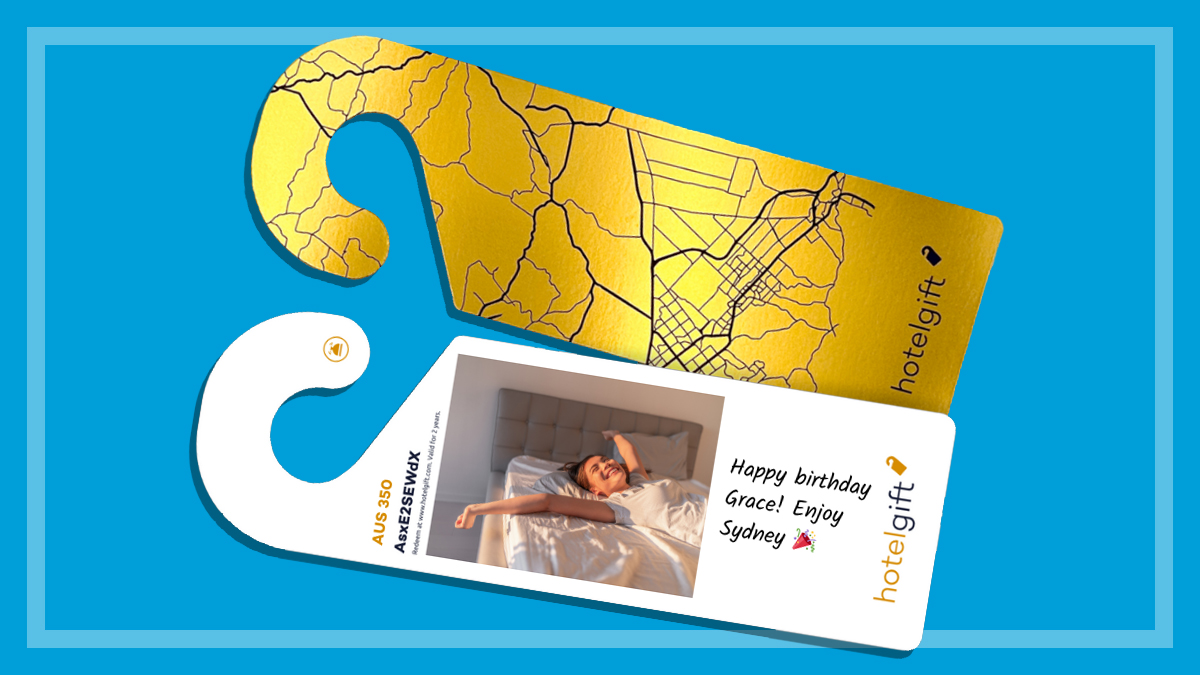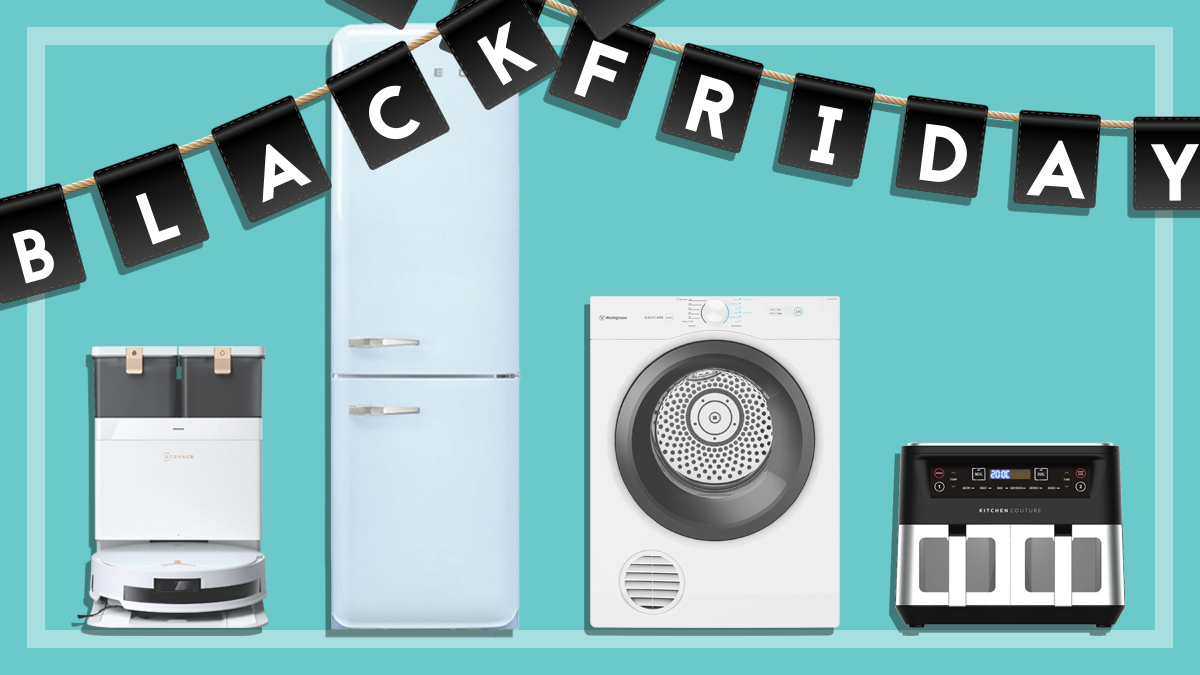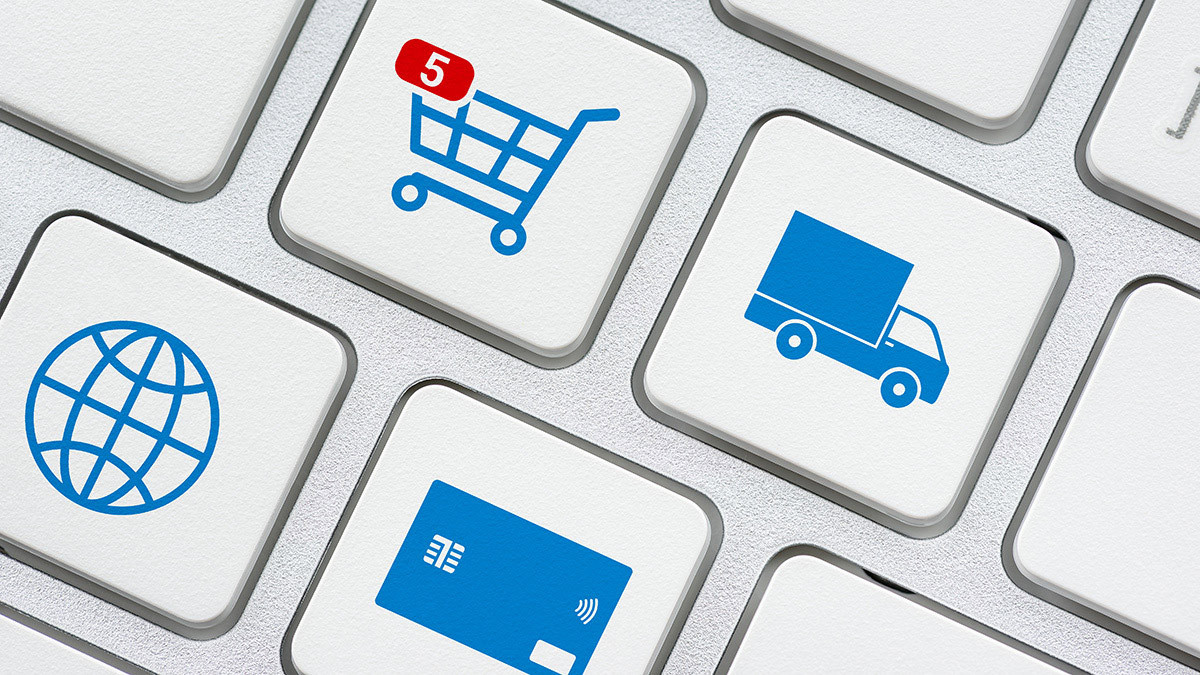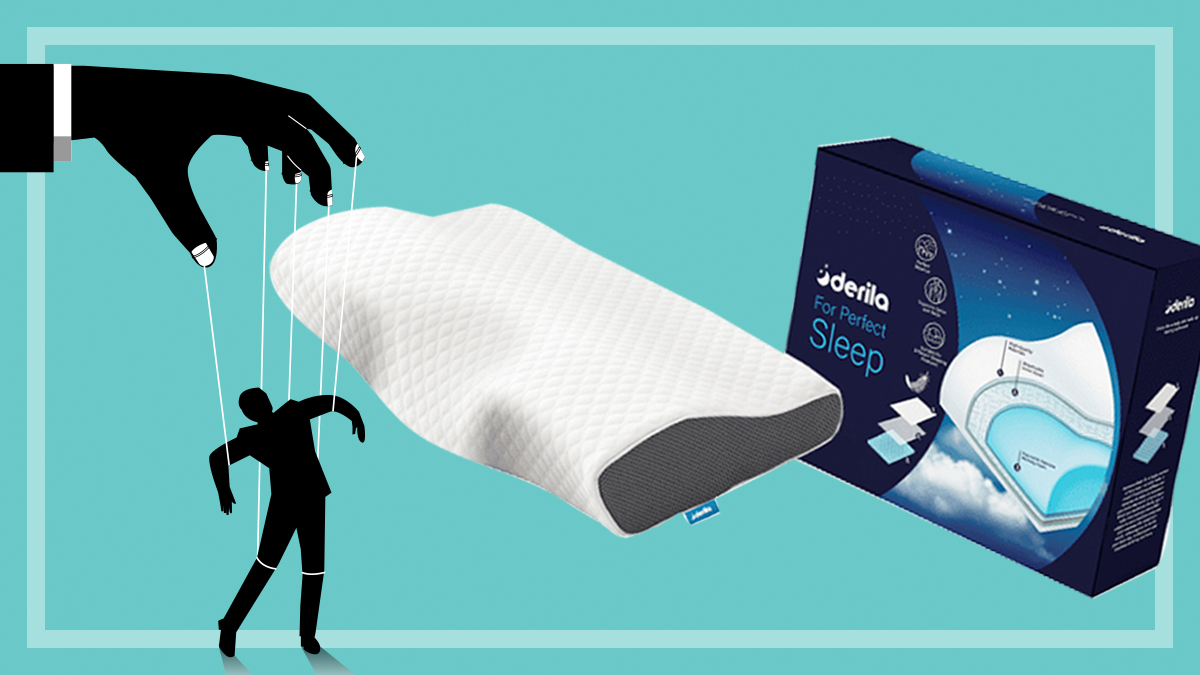Get our independent lab tests, expert reviews and honest advice.
Counterfeit goods
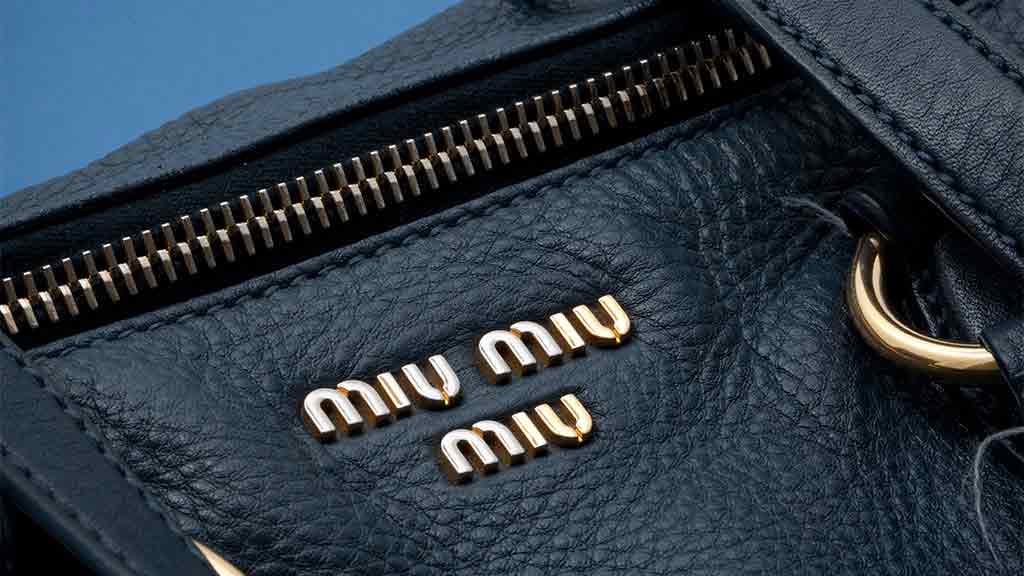
Knock-off products are no longer easily identified by misspelled logos and shoddy craftsmanship, as counterfeit investigator Phill Arnold discovered for himself.
The Managing Director at the Counterfeiting Intelligence Services (CISAA) is still unsure whether his Adidas shoes are genuine or fake – he bought them at an upmarket mall in China, where he paid a little bit less than he would have for the genuine article. The salesperson said they were counterfeit, but when Arnold asked someone at Adidas they couldn’t tell.
Counterfeiters getting more sophisticated
The quality of counterfeit products appears to be improving, and counterfeiters have got smarter when it comes to marketing their products. Techniques such as paid search results ads and search engine optimisation are being used by counterfeiters to lure people to their sites, and dodgy sellers sometimes use images from a brand’s most recent advertising campaign to boost their credibility.
The quality of counterfeit products appears to be improving, and counterfeiters have got smarter when it comes to marketing their products
Online auction houses like eBay specify that counterfeit products are not to be sold through them, but that doesn’t seem to stop the counterfeiters. These days it’s easy to create fake tags, receipts and authenticity cards, and the fact that online auction houses also sell genuine products means it’s hard for consumers to know whether or not they’re getting the real deal.
Online trade portals, which are business-to-business sites for importers and distributors, are often infiltrated by counterfeiters, according to Arnold. And individuals wanting to turn a profit are also known to buy knock-offs on these trade portals and resell them for a profit on online auction houses.
Parallel importing
Counterfeiters have become so sophisticated, it seems even retailers might be getting duped.
Target, which is owned by Wesfarmers, is facing court action for allegedly placing fake MAC cosmetics on its shelves last year. MAC Cosmetics (an Estée Lauder brand) has said it tested the products and found they were counterfeit. While Target hasn’t admitted the cosmetics were fake, it’s come to light they didn’t order the product through official channels.
Pros of parallel importing
Sourcing legitimately branded products through unofficial channels – also known as parallel importing – is legal in Australia (with some exceptions) and is something that, in principle, we agree with. It can be a powerful way to reduce costs for consumers through increased competition, and products sourced this way aren’t necessarily fake, or a safety concern.
Parallel imports sold in Australia are subject to the same safety regulations and standards as products bought through more established supply chains.
Cons of parallel importing
It should be noted, though, that importation through unauthorised channels and supply chains may increase the risk of consumers being exposed to counterfeit or unsafe products.
Late last year, a 40-tonne shipment of counterfeit Omo laundry powder from China was prevented from reaching the Australian market when it was seized by customs. Unilever, which owns Omo, says all of their products are tested to ensure they’re safe for consumers, whereas counterfeit products may not be.
Counterfeit stock can contain cheap untested ingredients that aren’t as effective as those found in genuine products
Mary Weir, Unilever
“Counterfeit stock can contain cheap untested ingredients that aren’t as effective as those found in genuine products,” says Mary Weir from Unilever. “At worst, these ingredients can damage clothes and have the potential to cause skin irritation in people with sensitive skin.”
Even supermarkets such as Woolworths are looking into sourcing more products through parallel imports, because it can be more cost effective. “When we know we are not getting a good deal locally, we are willing to take up parallel importing opportunities where there can be a guarantee on quality, supply, regulation and standards compliance,” said a Woolworths spokesperson.
But they wouldn’t supply information to CHOICE on how they planned to protect the company’s supply chains from counterfeits.
When counterfeit turns dangerous
A knock-off designer handbag won’t kill you, but there are plenty of counterfeit products that could pose a significant risk to health and safety.
Sporting equipment
Cases of dodgy golf clubs where the head’s fallen off, and tennis rackets that contain lead paint, are among the sporting items that were reported to the Counterfeit Alert Network, run by the Australian Sporting Goods Association.
Electronics
Fake electronics can contain inferior components that can be very dangerous. UK consumer group Which? issued a warning about this problem in 2011. It found fake Nintendo Wiis with bad wiring, and fake phones and laptops that were at risk of overheating.
Pharmaceuticals and cosmetics
Many pharmaceuticals sold online are unregulated and may be produced in unsanitary conditions. During an international crackdown last year, Australian Customs seized 37,000 pills in one week that had been bought online and had the potential to be counterfeit. Counterfeit perfumes can cause skin allergies, burn the skin, trigger respiratory problems and stain clothes. And that’s aside from the fake that they can, apparently, often smell like urine.
Some fakes simply don’t do what they say they will. For example, sunglasses could have UV claims that are bogus, or toothpaste may not contain any active ingredient.
How to avoid buying counterfeit
Shopping using online auction houses and taking advantage of parallel imports is riskier than buying direct from authorised suppliers, but both methods present opportunities for consumers to get a better deal. Just be careful and do your research.
- If you’re buying a particular brand, find information about replicas and fakes online before buying, so you know what to look out for.
- Ask the seller questions about the products and also ask for extra, non-generic pictures.
- If buying from auction sites such as eBay, use payment methods that will refund you if a product turns out to be fake. PayPal provides protection for transactions up to $20,000 if an item doesn’t match the seller’s description. PayMate also offers protection on sales up to $3000, where goods differ substantially from what was described. Credit card companies also have a chargeback function if a cardholder unknowingly bought counterfeit goods, or items that weren’t what was described.
- Under Australian Consumer Law (ACL), goods you buy have to match the description provided by the trader, and they can’t make any false or misleading representations about the goods. This covers online transactions (including online auction houses) provided you buy from an Australian business and not a private seller.
- Check that the company’s name’s registered in Australia on the Australian Securities and Investment Commission’s business register before buying from them. Also check out the seller’s reputation on online forums.
- Use the ‘Buy it Now’ function if it’s offered, as it gives you all your rights under the ACL, unless it is a private seller or a one-off sale.
What to do if you’ve been duped
- First of all, try to sort it out with the retailer.
- If that doesn’t work and you bought the product from an Australian retailer, make a complaint to the relevant fair trading or consumer affairs office.
- If you bought the product from overseas, you can make a complaint on econsumer.gov, the international reporting site for online scams. You can also try dealing with the fair trading bodies in the relevant country.
- Alternatively, you can report it to the police or to Crimestoppers as an intellectual property crime.
A growing problem
A MarkMonitor study found that as many as one in five US and European consumers looking for a bargain online were duped into buying counterfeit products. According to Phill Arnold, the rise in the popularity of online shopping is responsible for the increase. “Things have escalated in recent years due entirely to the internet,” he says.
What is the counterfeiting trade worth?
The value of counterfeit products intercepted in Australia reached an all-time high last year, with Australian Customs seizing more than 700,000 counterfeit products with a total estimated value of $48.5m (based on the equivalent value of genuine goods).
The International Chamber of Commerce says the global counterfeit trade accounts for five to seven per cent of world trade
Globally, counterfeits are estimated to account for about two per cent of world trade, amounting to $272bn, according to the Organisation for Economic Cooperation and Development. The International Chamber of Commerce has higher estimates, saying the global counterfeit trade accounts for five to seven per cent of world trade and is worth around $600bn.
Most fake goods come from South-East Asia
Customs figures show the majority of fake products entering Australia come from South-East Asia. Experts we spoke to see China as the hub, with 67 per cent of counterfeit seizures globally between 2008 and 2010 having been manufactured there, according to the World Customs Organization.
Australians have taken to online shopping with a vengeance, and our passion for it shows no sign of going away. Although there are many benefits to online shopping, it leaves consumers more exposed to the risks of counterfeit products, so keep this in mind the next time you’re bargain hunting.


